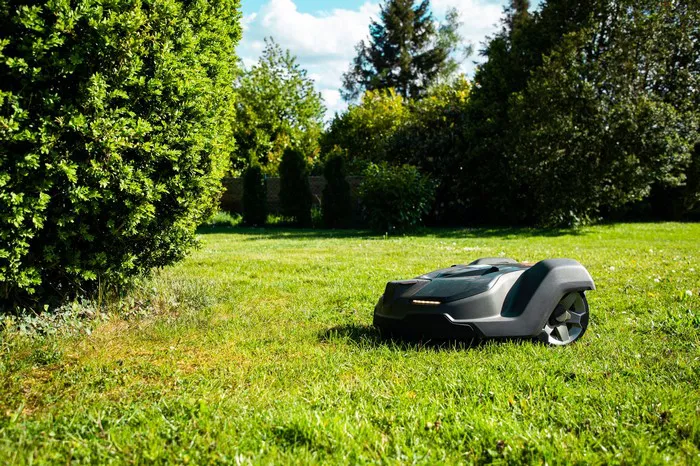Wire-free robotic lawn mowers are transforming garden care, offering homeowners convenience and advanced technology. Unlike traditional models that require boundary wires, the latest mowers use GPS, LiDAR, and AI to map and maintain lawns with precision, eliminating the need for physical wires.
Husqvarna Group has introduced 13 new wire-free models for the 2025 season, using satellite navigation to create virtual boundaries for efficient mowing without the need for physical wires. Similarly, Mammotion’s Luba 2 AWD Series leverages GPS, cameras, and 3D vision to map its environment and avoid obstacles like furniture and pets, all while being battery-powered for eco-friendly operation.
The EcoFlow Blade also uses LiDAR and visual sensors to achieve inch-perfect navigation and obstacle avoidance, providing a seamless lawn care experience.
The market for robotic lawn mowers is growing rapidly. In North America, the industry was valued at USD 1.21 billion in 2024, with a projected annual growth rate of 5.2%. Globally, the market is expected to reach USD 4.33 billion by 2029, driven by demand for smart home solutions and low-maintenance lawn care.
Despite these advancements, challenges remain. GPS navigation can be disrupted by obstructions like trees or buildings, and proper configuration of virtual boundaries is essential to avoid mowers straying into unintended areas.
AI and machine learning continue to enhance these devices, optimizing mowing patterns based on weather conditions, improving lawn health, and boosting energy efficiency while extending the equipment’s lifespan.
Related topics:

